Israel Orders Full Evacuation of Gaza City Ahead of Expanded Ground Offensive
Israel has ordered the complete evacuation of Gaza City, warning over one million Palestinians to leave immediately as its military prepares for a large-scale ground assault. The order marks a major escalation in the nearly two-year conflict with Hamas and raises grave humanitarian concerns amid widespread destruction and displacement.
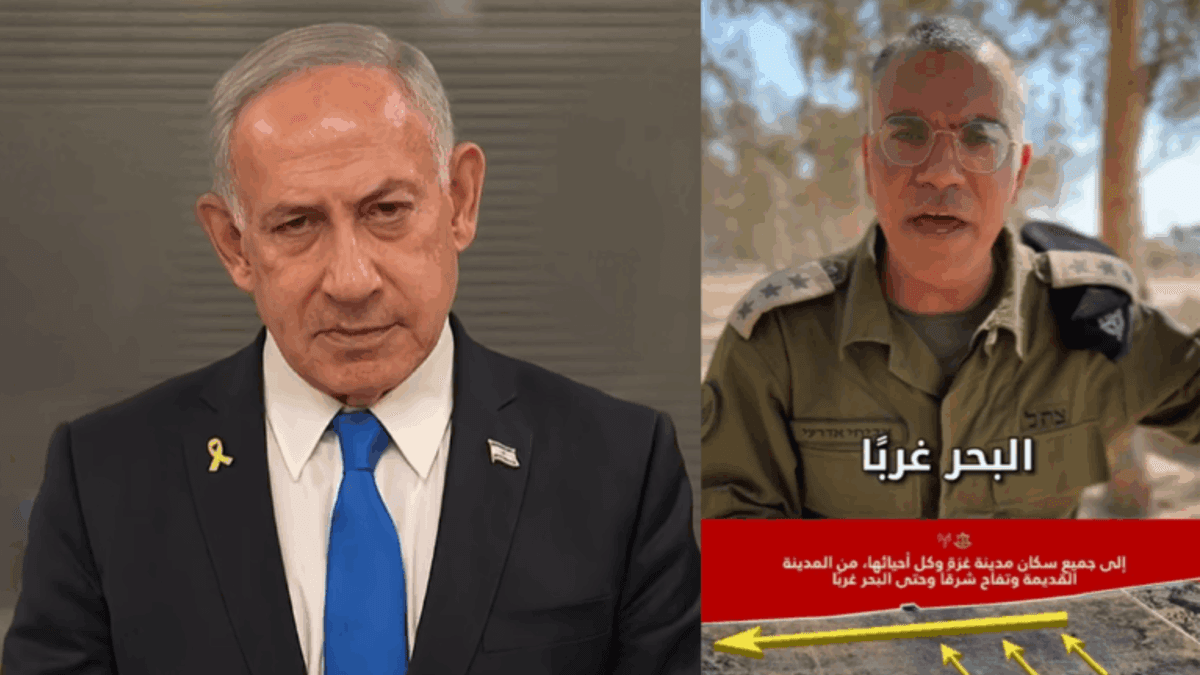
- Israeli military orders full evacuation of Gaza City on 9 September 2025.
- Prime Minister Netanyahu signals imminent “main act” of ground invasion.
- Gaza Health Ministry reports 65 killed and 320 wounded in 24 hours.
GAZA CITY — Israel’s military has ordered the full evacuation of Gaza City, home to more than one million Palestinians, as it prepares to launch a major ground operation in the densely populated urban centre.
The evacuation order, issued on 9 September 2025, represents one of the most dramatic escalations in Israel’s nearly two-year war with Hamas.
Evacuation order and military warning
Colonel Avichay Adraee, the Israel Defense Forces’ (IDF) Arabic-language spokesperson, announced the directive on social media, warning residents that remaining in the city would be “extremely dangerous.”
“To all residents of Gaza City… the defence forces are determined to defeat Hamas and will act with greater force in the Gaza City area,” Adraee wrote in Arabic. He instructed civilians to evacuate immediately toward Al-Mawasi, a coastal zone designated by Israel as a temporary humanitarian area.
Prime Minister Benjamin Netanyahu had foreshadowed the escalation in a televised address on 8 September, telling residents of Gaza City to “leave now.” He said Israeli ground forces were preparing for what he described as a “powerful main act” in the ongoing military campaign.
Escalating airstrikes and urban warfare plans
The evacuation order came as Israel announced plans to intensify airstrikes and expand its ground operations. According to the Gaza Health Ministry, hospitals in the city received the bodies of 65 Palestinians killed and 320 injured in the past 24 hours from Israeli bombardment.
Israeli Defence Minister Israel Katz confirmed that 30 high-rise buildings were destroyed, which the government alleged were being used by Hamas for military activity. Netanyahu added that 50 “terror towers” had already been demolished, calling the destruction “only an introduction” to the next phase — a full-scale urban assault.
This latest directive marks the first complete evacuation order targeting all residents of Gaza City during the current stage of the conflict. It signals a shift in Israel’s strategy toward urban combat aimed at dismantling Hamas’s command structure in what remains of the enclave’s largest city.
Strategic objectives and international criticism
Israeli officials say the operation’s goal is to eradicate Hamas’s infrastructure and prevent the group from reconstituting its forces. They have also reiterated plans to establish long-term Israeli security control over the Gaza Strip once Hamas is dismantled.
However, the move has drawn sharp criticism from international observers and humanitarian groups, who argue that such control could entrench Gaza’s humanitarian catastrophe and prolong the suffering of its civilian population.
Critics warn that the large-scale evacuation of a city already devastated by war risks creating “an unmanageable humanitarian collapse.”
War timeline and casualties
The current conflict began on 7 October 2023, when Hamas launched a large-scale attack on southern Israel, killing about 1,200 people and abducting 251 hostages, according to Israeli authorities.
Investigations by Israeli and international outlets later suggested that some casualties may have resulted from the controversial Hannibal Directive, a military protocol intended to prevent kidnappings even at the risk of harming Israeli captives.
In response, Israel launched a sustained military campaign that, as of September 2025, has killed more than 64,500 Palestinians, according to the Gaza Health Ministry. Nearly the entire 2.2 million-strong population has been displaced, and infrastructure across the strip lies in ruins.
Humanitarian situation deteriorating
The humanitarian crisis in Gaza has reached catastrophic levels. Most residents have little access to food, water, or medical care, and famine-like conditions are spreading across the territory.
The United Nations and international NGOs have repeatedly urged Israel to ensure safe humanitarian corridors and to protect civilians during military operations. Despite these calls, no formal agreement guaranteeing civilian safety or aid delivery has been reached.
“The situation in Gaza is beyond desperate,” said a UN official familiar with the ongoing discussions. “The complete evacuation of Gaza City risks pushing already displaced families into even more perilous conditions.”
Diplomatic efforts stall
Ceasefire and hostage negotiations, led by the United States, Qatar, and Egypt, have stalled. Israeli authorities report that 20 of the 48 remaining hostages held by Hamas are believed to be alive.
The Israeli government continues to insist that Hamas must be completely dismantled before any ceasefire or political arrangement can be considered.
Meanwhile, Arab and Western diplomats have voiced concern that the full-scale assault on Gaza City could destabilise the region further, particularly if civilian deaths rise sharply in the coming days.
Growing fears of regional fallout
With Israeli forces massing near Gaza City’s perimeter and aerial bombardments intensifying, humanitarian agencies are warning of mass casualties if the offensive proceeds.
Aid groups say evacuation routes are unsafe and overcrowded, with thousands of displaced civilians already sheltering in makeshift camps or damaged buildings. “There is nowhere left to go,” said a representative of Doctors Without Borders (MSF), describing the evacuation order as “unrealistic and inhumane.”
As the Israeli military prepares to enter Gaza City, fears are mounting that the next phase of the war will bring unprecedented destruction — deepening one of the world’s gravest humanitarian crises.

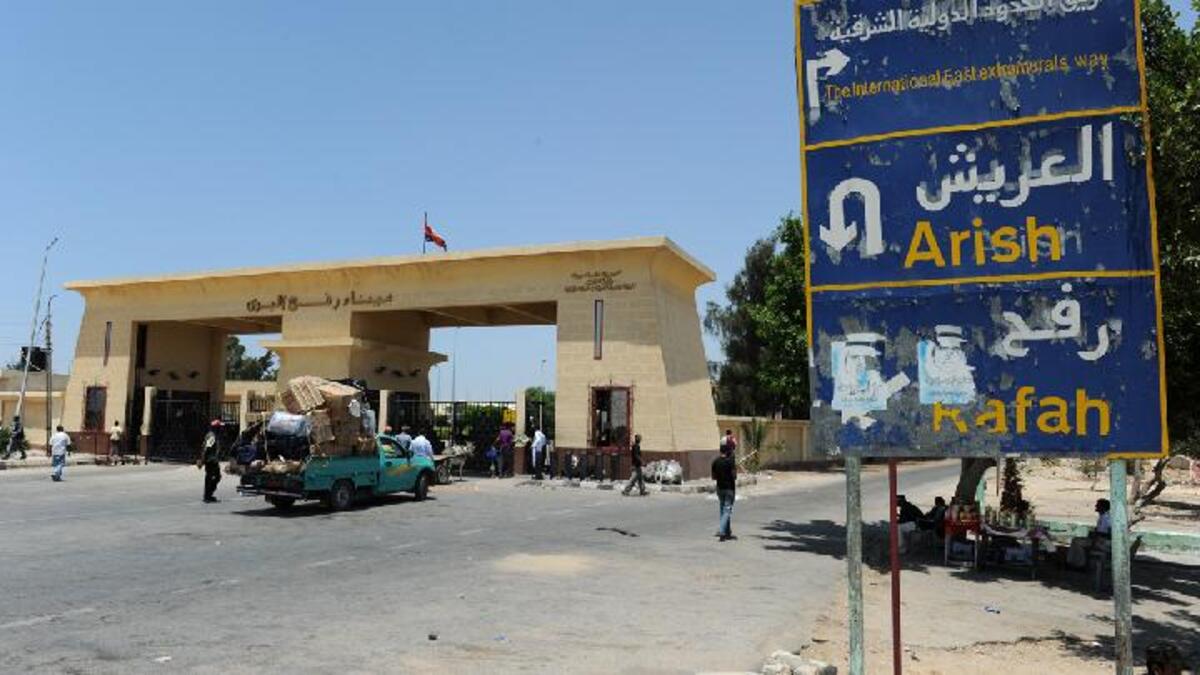
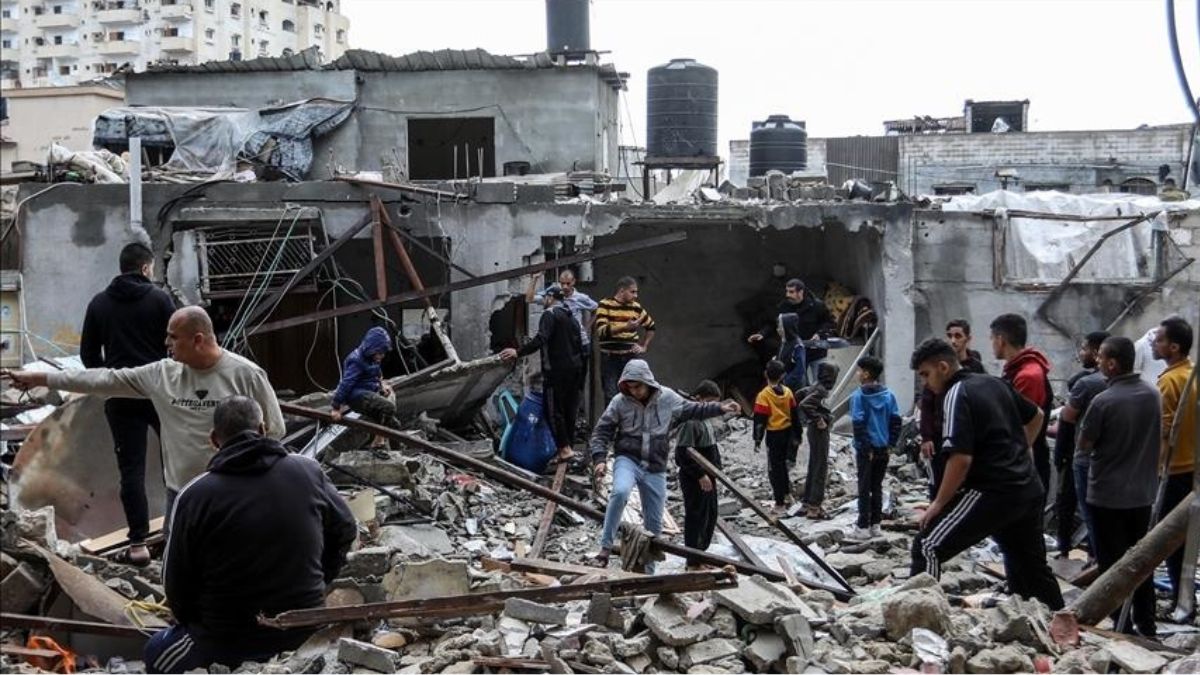

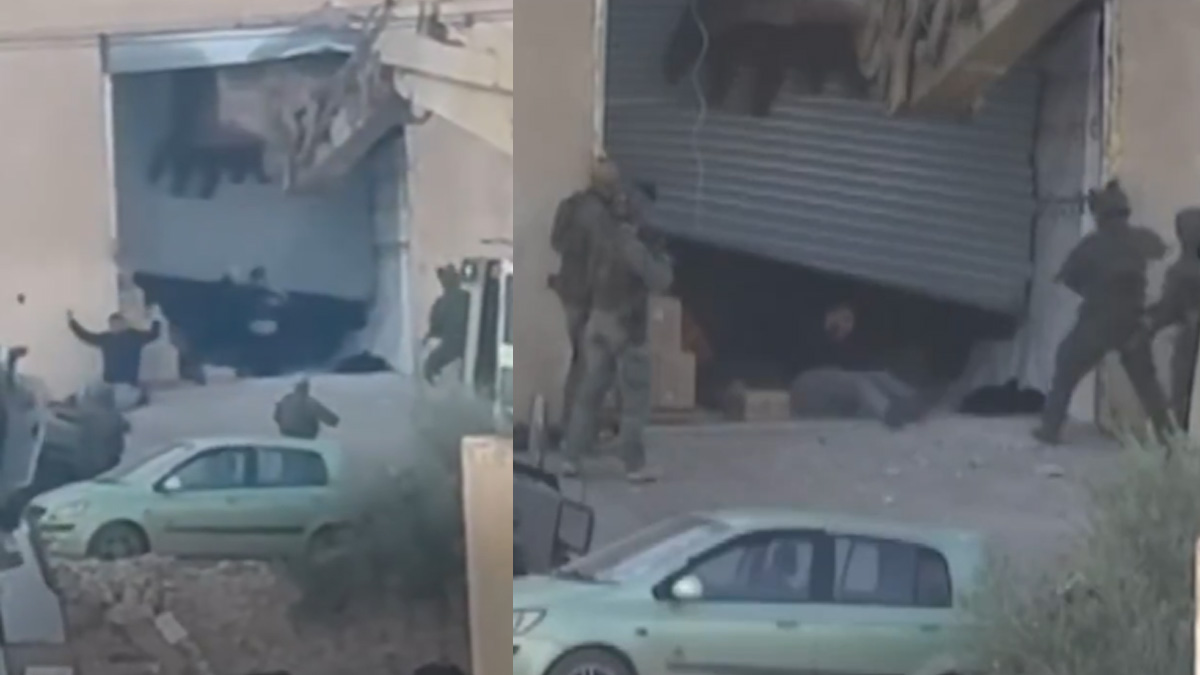




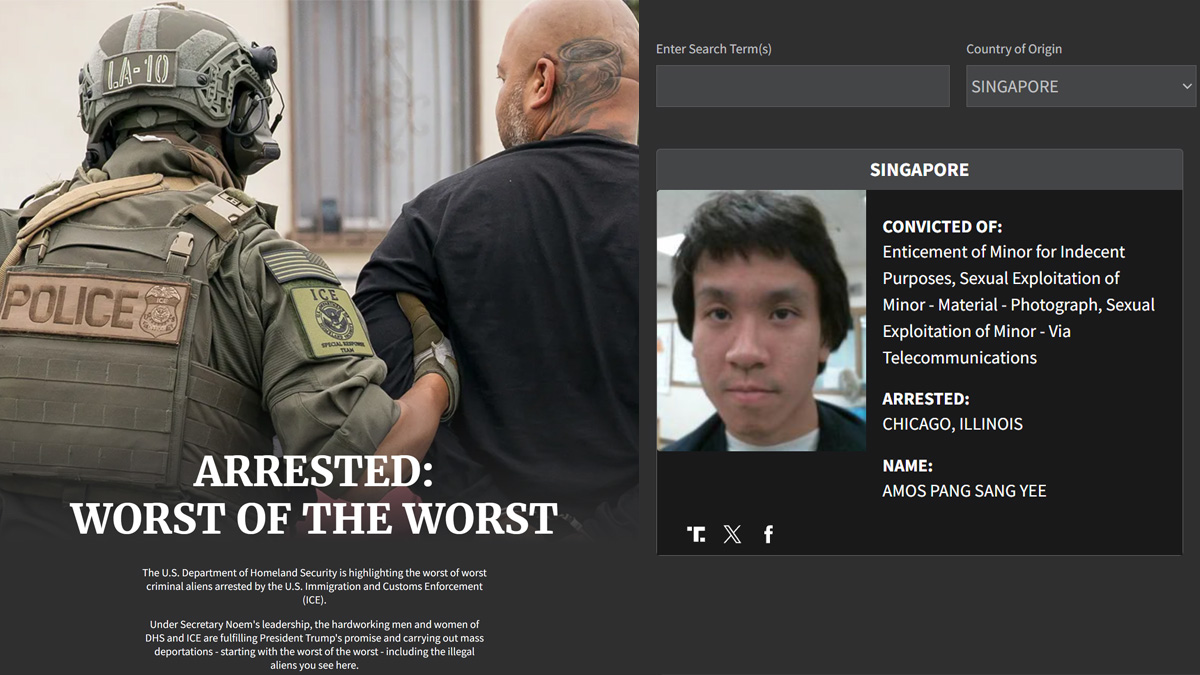
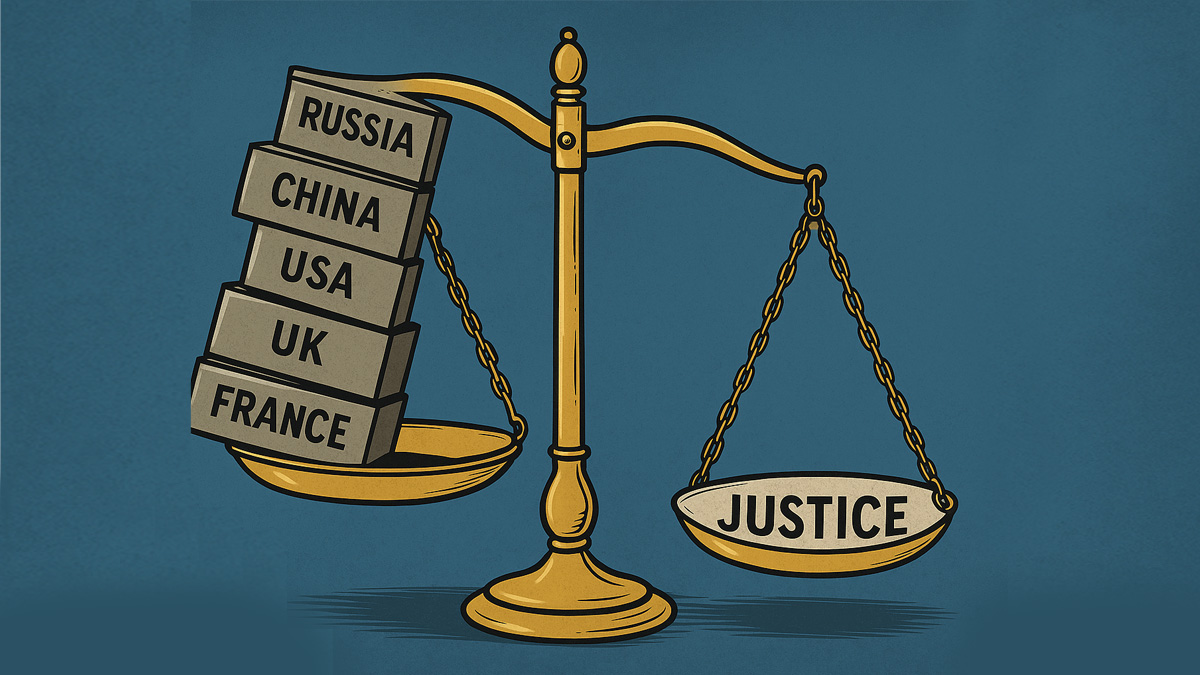
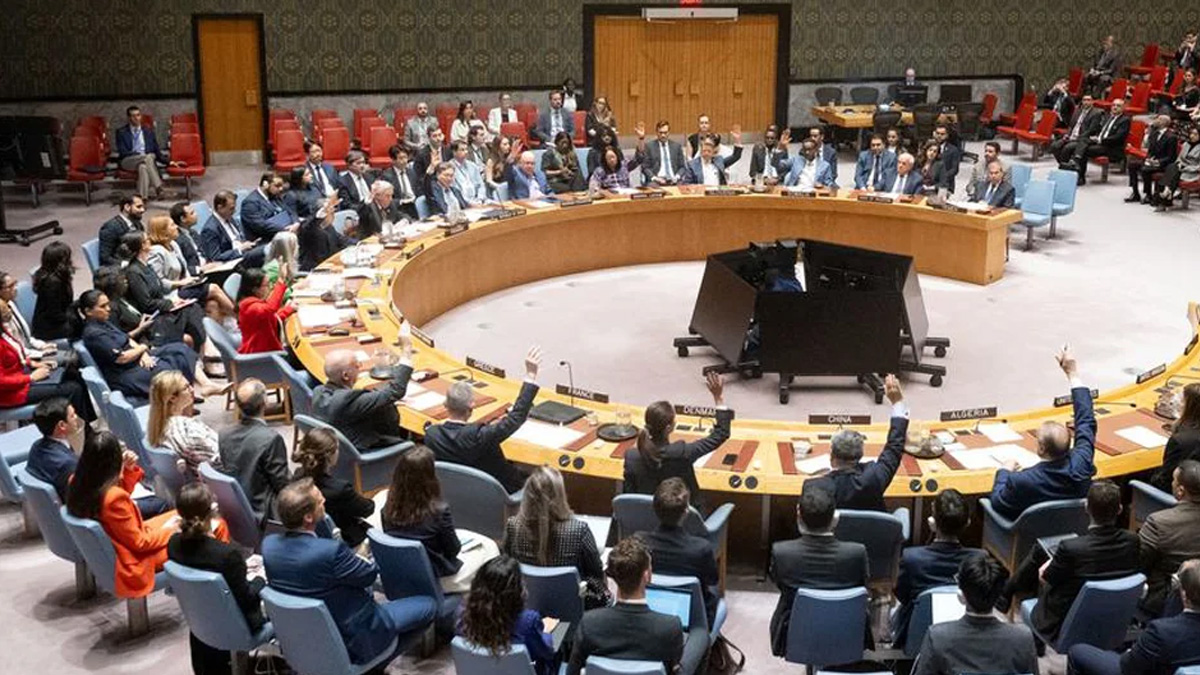
0 Comments